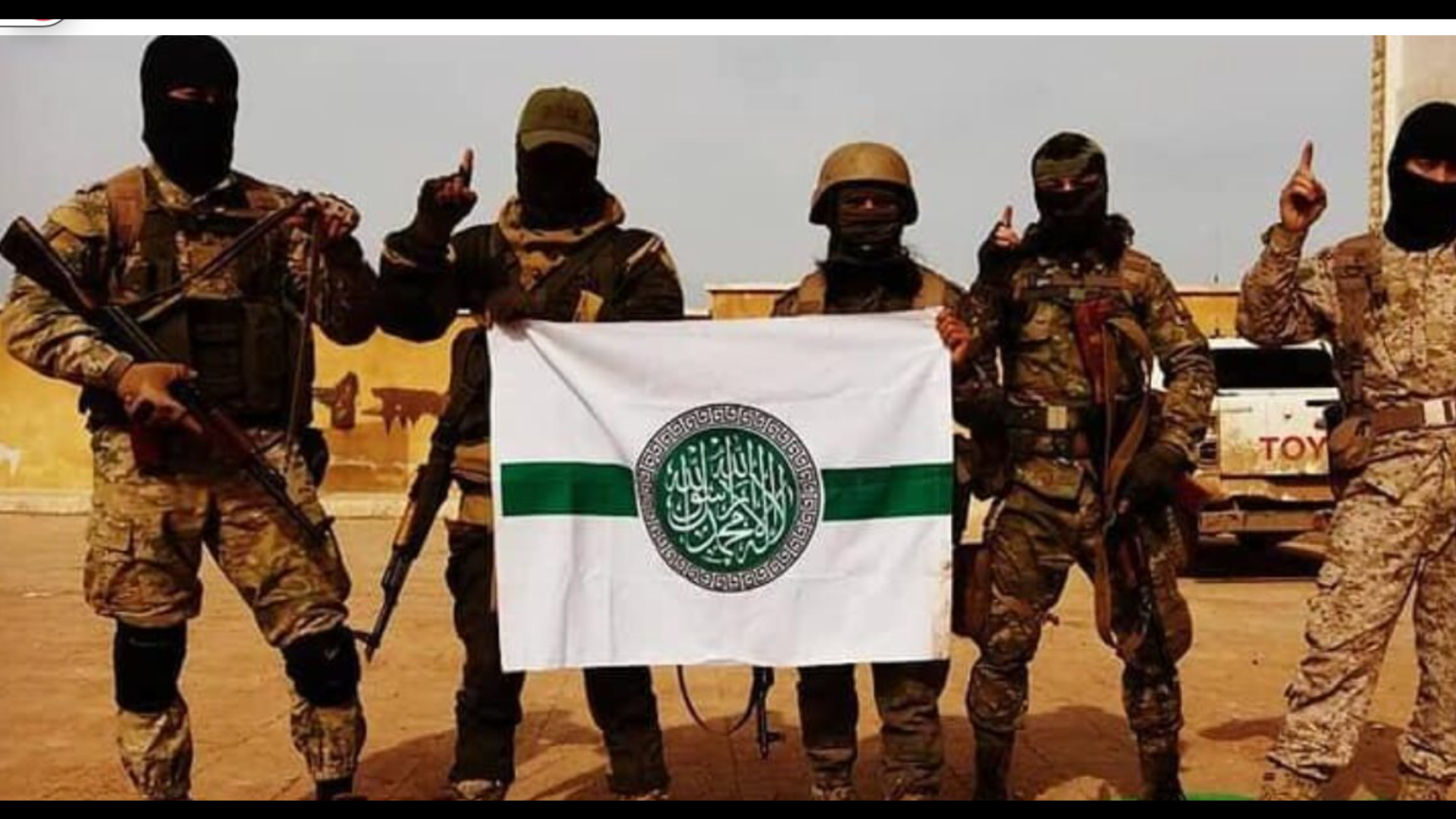The Syrian civil war, ignited in 2011, has transformed into a labyrinthine conflict characterized by a multitude of actors and a complexity that defies simplistic narratives. What initially appeared as a battle between the regime of former President Bashar al-Assad and various rebel factions has evolved into a multifaceted war involving local, regional, and international powers, each pursuing divergent agendas. The war’s persistent chaos has entrenched ethnic and religious rivalries, exacerbated geopolitical tensions, and rendered Syria a battleground for competing interests, making any potential resolution increasingly elusive.
At the core of the conflict are competing factions, including loyalists of the Assad regime, which primarily relies on backing from Russia and Iran, and an array of rebel groups, such as the Turkish-backed Syrian National Army (SNA) and the Kurdish-led Syrian Democratic Forces (SDF). The SDF has been a crucial ally for the United States in combating the rise of ISIS, which complicates the already complicated alliances and enmities in the region. Furthermore, groups within the opposition—like Hayat Tahrir al-Sham (HTS), once an al-Qaeda affiliate—have sought to reframe themselves in a more acceptable light while competing for influence, showcasing the fluid dynamics that characterize Syrian alliances.
Amidst this turmoil, Russia’s engagement in Syria has undergone significant transformation since Assad’s ousting. Initially a formidable supporter of the Assad regime, recent withdrawals of Russian troops and equipment indicate a shift in Moscow’s operational posture. The asylum granted to Assad in Russia represents a strategic retreat, allowing Moscow to recalibrate its interests in Syria, while Iran’s efforts to maintain its foothold in the region face challenges following Assad’s fall from power. This shift has also fueled Israel’s military operations against Iranian forces in Syria, as it seeks to thwart the transfer of advanced weaponry to Hezbollah and reconfigure its security strategies concerning a potentially more stable neighbor.
The United States, positioned primarily in eastern Syria to counter ISIS and mitigate Iranian influence, finds itself navigating a complex web of alliances. While American military presence supports the SDF—essential for combating the Islamic State—the U.S.’s reluctance to deepen its involvement has left partner forces in the region feeling abandoned. This hesitancy, coupled with the strategic susceptibility exposed by the vacillating policies regarding regional allies, has raised concerns over the U.S.’s long-term influence in a post-Assad Syria, especially with the emergence of Turkish and Iranian interests seeking to fill any perceived void left by Washington.
Turkey plays a pivotal role in shaping the dynamics of the Syrian conflict through its engagement with opposition groups and territorial ambitions. Viewing the conflict as an opportunity to assert its influence while simultaneously countering perceived threats to its national security, Turkey has intervened militarily in northern Syria ostensibly to address its security concerns regarding Kurdish forces affiliated with the PKK—designated as a terrorist organization by Turkey, the U.S., and the EU. Ankara’s cross-border military operations have facilitated the SNA’s advances against Kurdish positions, thereby altering territorial control—a strategy that, while aimed at mitigating security threats, has drawn condemnation for its implications on human rights and regional stability.
Turkey has also implemented policies aiming to resettle Syrian refugees currently in Turkey into areas they control in northern Syria, positioning it as a demographic strategy against Kurdish autonomy. Despite its stated goals, critics argue that these efforts constitute demographic engineering, threatening the fragile ethnic balance and further inflaming tensions amid an already devastated landscape. Each actor in the conflict prioritizes distinct goals: the SNA’s alignment with Turkish interests, HTS’s consolidation of regional power, and the SDF’s pursuit of autonomy all underscore the fragmentation that complicates the path to peace.
Syria’s strategic location as a crossroads for Asia, the Middle East, and Europe heightens its significance in the global arena, transforming its territory into a strategic battleground for various powers aiming to exert influence. For Turkey, the principal concern remains the prevention of a Kurdish state on its border, a fear that resonates throughout their military and diplomatic maneuvers. As all parties pursue their ends, the likelihood of achieving a unified governance structure seems remote, with the potential for continued instability exacerbated by the myriad goals of both local and international actors. Ultimately, the future of Syria stands as a testament to the complexities of modern conflict, where domestic grievances intertwine with international ambitions and where navigating the path toward peace appears fraught with seemingly insurmountable challenges.

